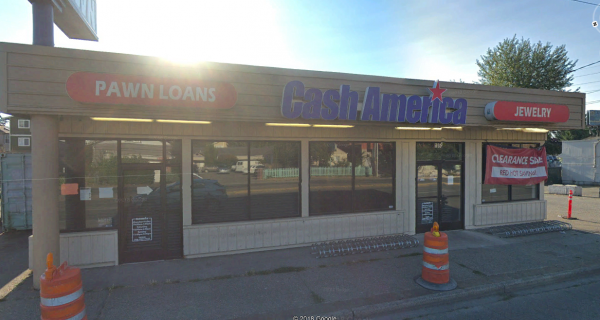Seattle Commercial Real Estate carefully monitors all trends in commercial real estate. We have commented in the multi-family sector on the ever-shrinking size of units. This is more particularly true as a function of millennials and really true for Seattle multi-family. A major national commercial real estate firm has done a comparison study on unit sizes in Seattle against the dynamic markets of Chicago and New York. Seattle’s multi-family unit size came in at 711 square feet against 733 square feet in the two major cities.
The clear trend is to build studio and one bedroom units. Further, the square footage figures are impacted by “apodments” which have square footages of approximately 350 square feet. Seattle Commercial Real Estate was recently asked to consult on a prime corner in a strong neighborhood in Seattle. The corner was less than 6,000 square feet. The lot size mitigated against the construction of underground parking as the cost per stall far exceeded the benefits to be derived. On the other hand, this prime property clearly qualified as a TOD (Transit Oriented Development) and as such no parking was required. When an analysis was completed, and the rents were projected, it penciled in as an apodment project with an average unit size of 350 square feet and no parking.
Sometimes it is appropriate to think big and go small to be successful. This project will also be helped by the general slow-down in new construction in 2019. Another client will break ground in Q2 of 2019 and where this summer his projected costs per square foot were around $235, he is now confidently looking at costs running in the $210-215 per square foot range. He will also be coming on market at the completion of construction approximately two years from now, when the rents are swinging back up. What is also worth noting on this project is that ownership has invested sufficient equity that they will only be financing fifty per cent of the cost of construction and land acquisition. The professionals of Seattle Commercial Real Estate like equity as a buffer against risk.




